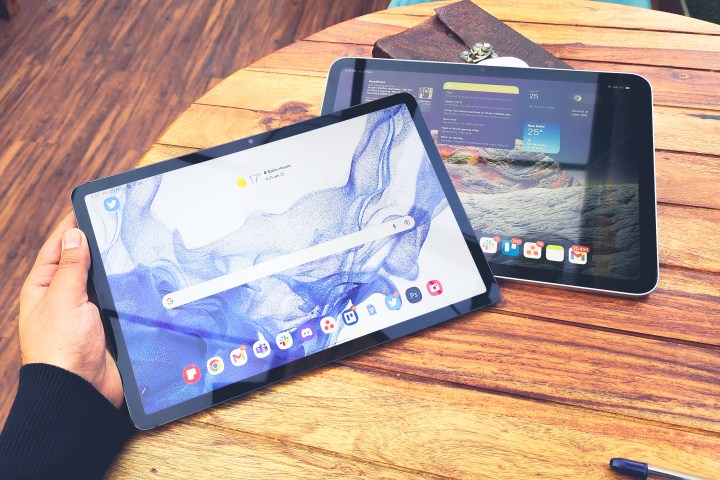
Finding the best tablet is no easy task. With so many different models to choose from, various specs to consider, and seemingly endless options available for any budget, there’s a lot to consider before buying your next tablet.
We get that, and that’s why we review the biggest and best tablets at Digital Trends (and some you may not have heard of before) so you know exactly what’s worth spending your money on … and what’s worth ignoring. But how do we review tablets? What exactly goes into our review process when a new tablet needs to be tested? Here’s a glimpse behind the curtains of how it all works.
How we test tablet design
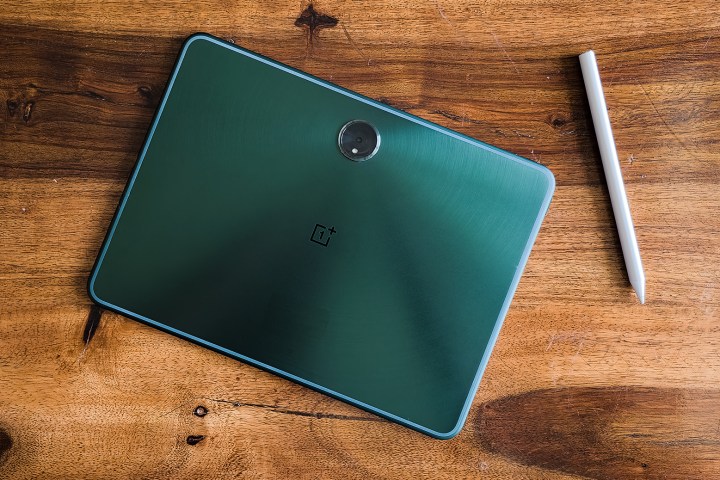
Tablets are your handheld slates into the world of mobile gaming, binge-watching your favorite shows, and endlessly scrolling through social media. As such, it’s important that they feel good to hold! This is one of the first things we look at when judging a tablet’s design. Is a tablet comfortable to hold? Are there any sharp corners that dig into your palms? Is it too heavy for prolonged use? These may seem like small things to consider, but they all play a big role in a tablet’s overall design.
We analyze the materials a tablet is made out of. A tablet with a plastic design may not feel as premium as one with an aluminum or glass back, but it should hold up better in the hands of younger kids. And there are a bunch of smaller details we look for, too — including a tablet’s aesthetics, whether or not the buttons are easy to press, and if it has features like a headphone jack or expandable storage.
How we test tablet screens
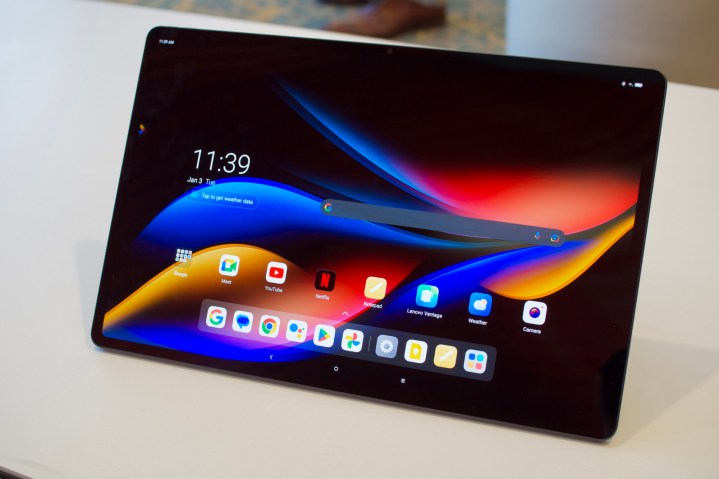
Just as important to a tablet — if not more so — is its screen. Quality displays are important to have on any device, but this is especially true when dealing with tablets. LCD panels are more affordable and can look very good, but you’ll get brighter colors and deeper blacks with an OLED or AMOLED one. Refresh rates are critical, too. 60Hz is the bare minimum, though many tablets today offer 90Hz or 120Hz options. And, of course, a higher pixel density will give you an overall sharper image.
We account for all of these factors when judging tablet displays. Not only do we evaluate the on-paper specs, but we also actually use and look at tablet screens to judge them for ourselves — and we do so in a variety of conditions, including outdoors in direct sunlight, in our homes, etc.
Lastly, we take a lot of consideration for a tablet’s screen size. Tablets come in all sorts of shapes and sizes — including compact ones with 7-inch displays, larger options with 10 or 11-inch screens, and even some models that go all the way up to 14 inches or more. Different display sizes have their own pros/cons, and we make sure to explain these things in all of our tablet reviews.
How we test tablet performance
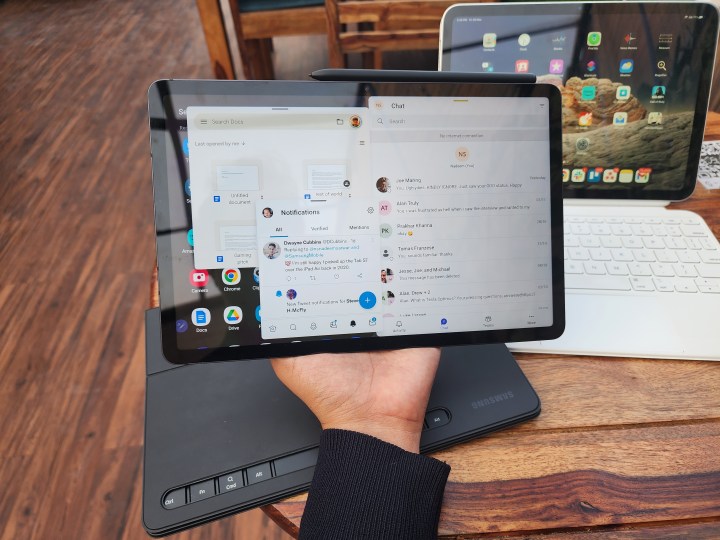
A good-looking screen is great to have on a tablet, but that doesn’t matter if it’s not powerful enough to run the apps and games you want it to. That’s why we put a lot of thought and effort into how we test a tablet’s performance.
In our tablet reviews, we’ll always tell you what kind of processor a tablet has, how much RAM is available, and how that compares to the competition. But more importantly, we use these tablets in a variety of ways to see how they perform in the real world. We do this by using a variety of applications, playing games of varying intensity, multitasking, and more. If you want to use a tablet for social media, web browsing, gaming, or anything else, chances are we’ve used it for all of those things and know exactly how well it can (or can’t) keep up.
How we test tablet battery life
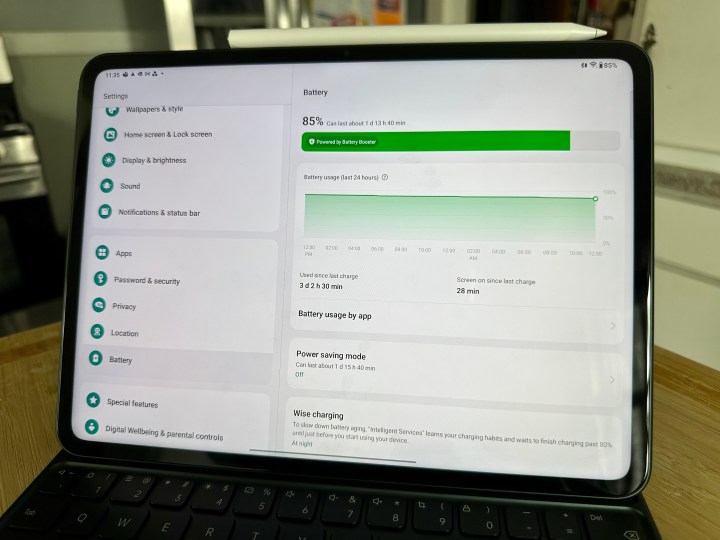
All of this performance testing also feeds directly into how we test a tablet’s battery life. Running countless apps and playing multiple games naturally impacts how long a tablet lasts before it needs to be charged — but how long that takes can vary wildly from tablet to tablet.
Similar to our performance testing, we’re always upfront in our tablet reviews about the size of the battery inside a tablet and whether or not it’s competitive with other alternatives. The same goes for a tablet’s available charging options — including how fast it charges and whether or not you get charging accessories included in the box.
Beyond the technical specs, we keep a close eye on a tablet’s battery endurance throughout our review period. We keep detailed notes of when we start using a tablet, what kind of things we use it for, and how much the battery drained during that time — all to give you a crystal clear idea of exactly how long a tablet can last. Similarly, we closely monitor a tablet’s charging speeds so you know exactly how long you’ll be waiting for a full recharge.
How we test tablet cameras
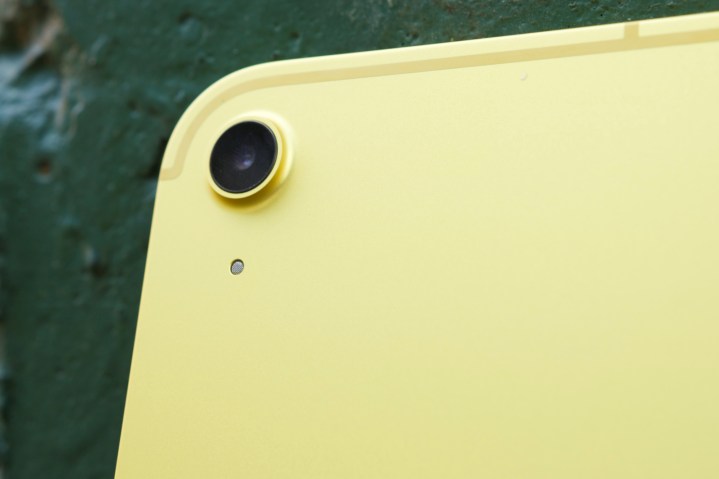
Although cameras often aren’t the main focus for tablets, we don’t let them go unnoticed in our reviews. If a tablet comes with cameras, you can be sure we’ll thoroughly test them so you know how good (or bad) they really are.
Take a lot of video calls on Google Meet, Microsoft Teams, or Zoom? We’ll let you know exactly what kind of video quality you can expect from a tablet’s front-facing camera. And for those times when you need to scan a document or take a quick photo, we’ll let you know if you can rely on a tablet’s rear camera(s), too.
How we test tablet software

No tablet review on Digital Trends is complete until we’ve thoroughly vetted its software. There are obvious differences between iPadOS and Android tablets, but we go far beyond that. Whether we’re reviewing an iPad or a tablet running Android, we evaluate the entire software experience — from the hallmark features to the smaller details that may go unnoticed.
Does a tablet’s software do a good job of handling/running multiple apps at once? Are there added features to take advantage of the big display? How many updates can you expect? Are the apps you need available on a tablet? And if so, what is the quality of those apps like? We try to answer all of those big questions in every tablet review.
Furthermore, we’ll let you know how a tablet’s software fits into our lives. If there’s a standout feature we can’t live without or something it does that drives us crazy, we’ll always tell you in our reviews.
How we get the tablets we review
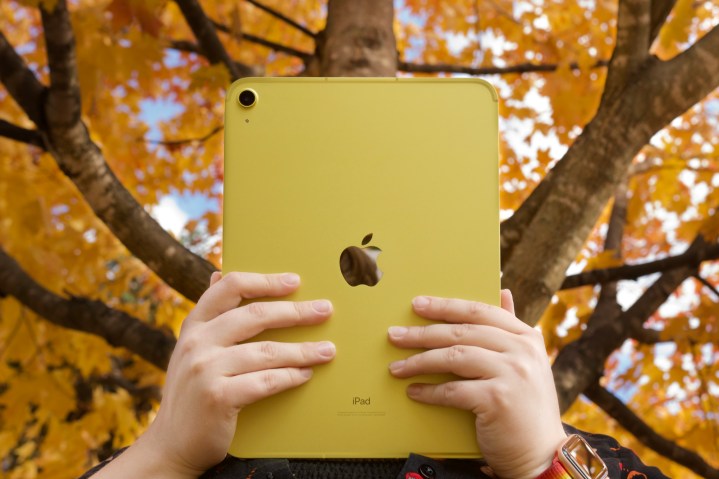
We get the tablets we review as review samples sent by the manufacturer, or in some cases, we’ll purchase a tablet ourselves. Either way, how we get a tablet has zero impact on our review.
Even if we are given a free review sample by a company, that doesn’t change our review score, the content of a review, or any Recommended Product or Editor’s Choice award we may give it. When you read a tablet review on Digital Trends, you can rest assured you’re reading our true, honest thoughts and nothing more.
Editors' Recommendations
- The best tablets in 2024: top 11 tablets you can buy now
- The best iPads in 2024: the 5 best ones you should buy
- An Apple insider just revealed how iOS 18’s AI features will work
- The 6 best tablets for kids in 2024
- Best iPad deals: Save on iPad Air, iPad Pro, iPad Mini for the New Year



